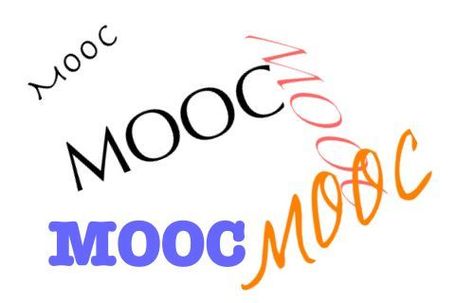 By Jorge E. Borrero A.
By Jorge E. Borrero A. El viaje en búsqueda de educación para los estudiantes se ha trasladado a la
web. Uno de cada diez futuros estudiantes ya busca exclusivamente en línea por las clases y programas deseados, según estudios de
Google y Compete. Para aprovechar las oportunidades de venta de cursos digitales, los vendedores tienen que llegar a los estudiantes a través de los canales adecuados
- Y mirar más allá de los períodos de inscripción tradicionales – con una constante
presencia en línea. Y con la cantidad de personas dirigiéndose hacia material en video en la búsqueda de educación, se registró un aumento cuadriplicado de 2011 a 2012 en esta área, estableciendo así la importancia del video para acercarse a las universidades deseadas. Con tan solo un vistazo a las aulas universitarias de hoy, se verá lo ecléctico del cuerpo estudiantil con relación a hace 10 años. Se encontrará a la madre cabeza de familia, el profesor retirado, el que decidió cambiar de carrera a sus treinta y tantos entre otros personajes. Los avances tecnológicos han hecho la educación más accesible, más flexible y más eficaz para los estudiantes como estos y muchos más. Incluso para los estudiantes “tradicionales” se puede ver como la tecnología les ha cambiado todo, como leen, estudian y aprenden. Ahora, si te alejas del cuadro, notarás como algo falta en estas clases modernas: El salón de clase.
Més...








/https%3A%2F%2Fprofilepics.canalblog.com%2Fprofilepics%2F1%2F0%2F1076071.jpg)